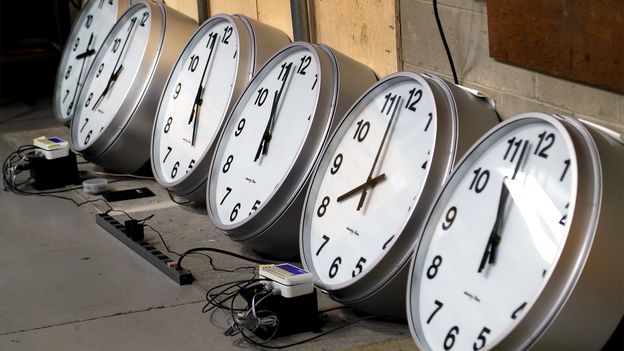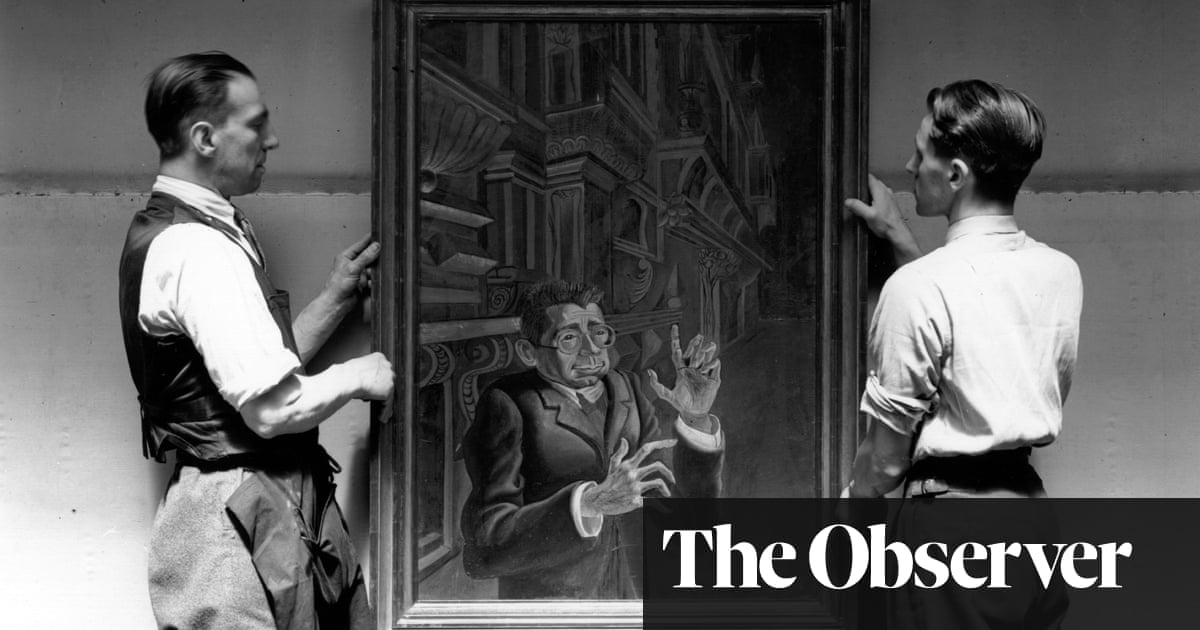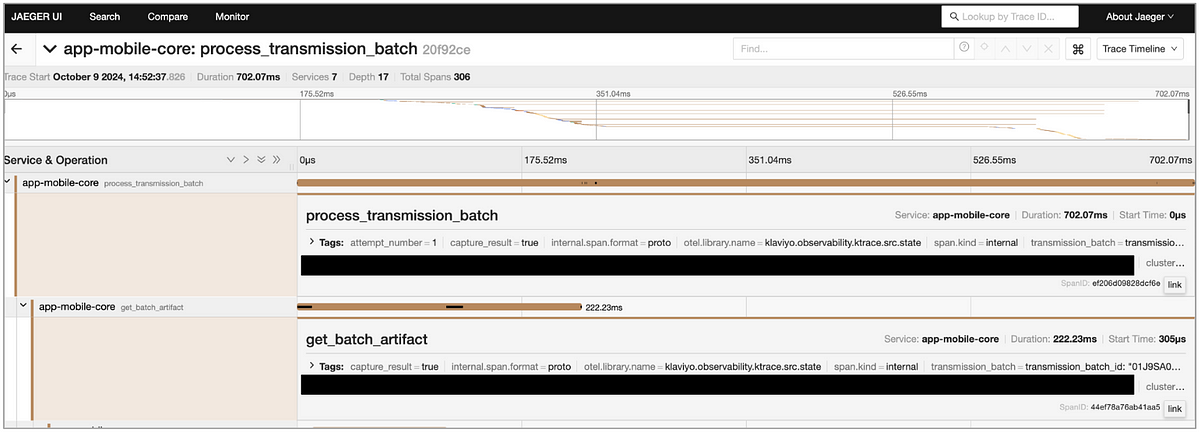
How railroads inspired the creation of time zones
On this day in 1883, railroad companies in the United States and Canada transformed time in both countries, leading to the ground-breaking concept of time zones around the world.
For millennia prior to this date, many people around the world measured time based on the placement of the Sun, with midday (or "high noon") determined by when the Sun was highest in the sky over that particular village or town. Mechanical clocks eventually started replacing sundials in the Middle Ages. Towns would set their clocks by gauging the position of the Sun, leading every city to operate on a slightly different time. This method lasted well into the 1800s, when there were at least 144 different time zones in North America.
Since many people didn't travel especially long distances from their homes throughout history (generally as far as a horse, camel or wagon could carry them on land) this rudimentary form of timekeeping didn't cause much of a problem – that is, until the advent of the railroad.
According to Jon Goldman, chief curator at the B&O Railroad Museum in Baltimore, Maryland, in the mid-1800s, as trains became increasingly popular in the US and Canada and railroads began carrying more passengers and freight across the continent, the need to create a more coordinated timekeeping system wasn't just an issue of efficiency but national safety.

















